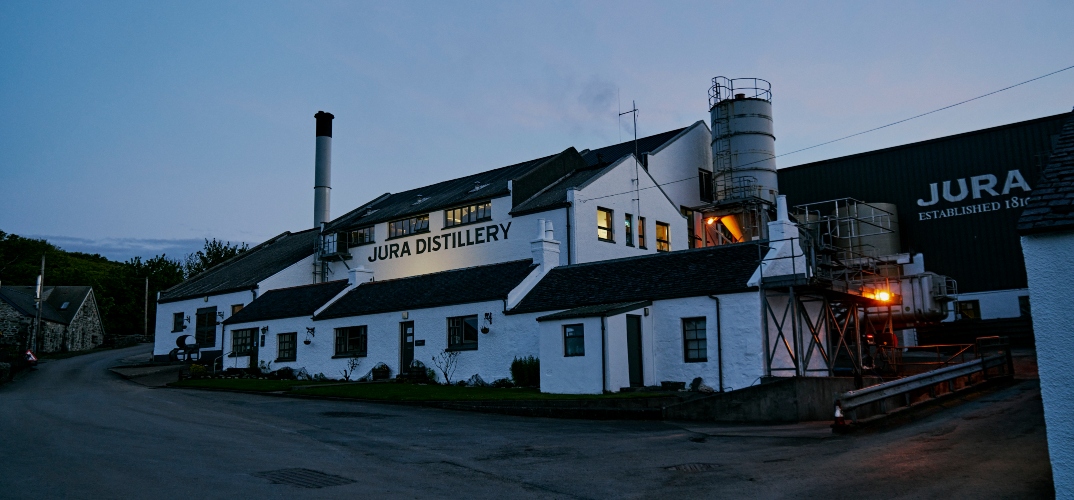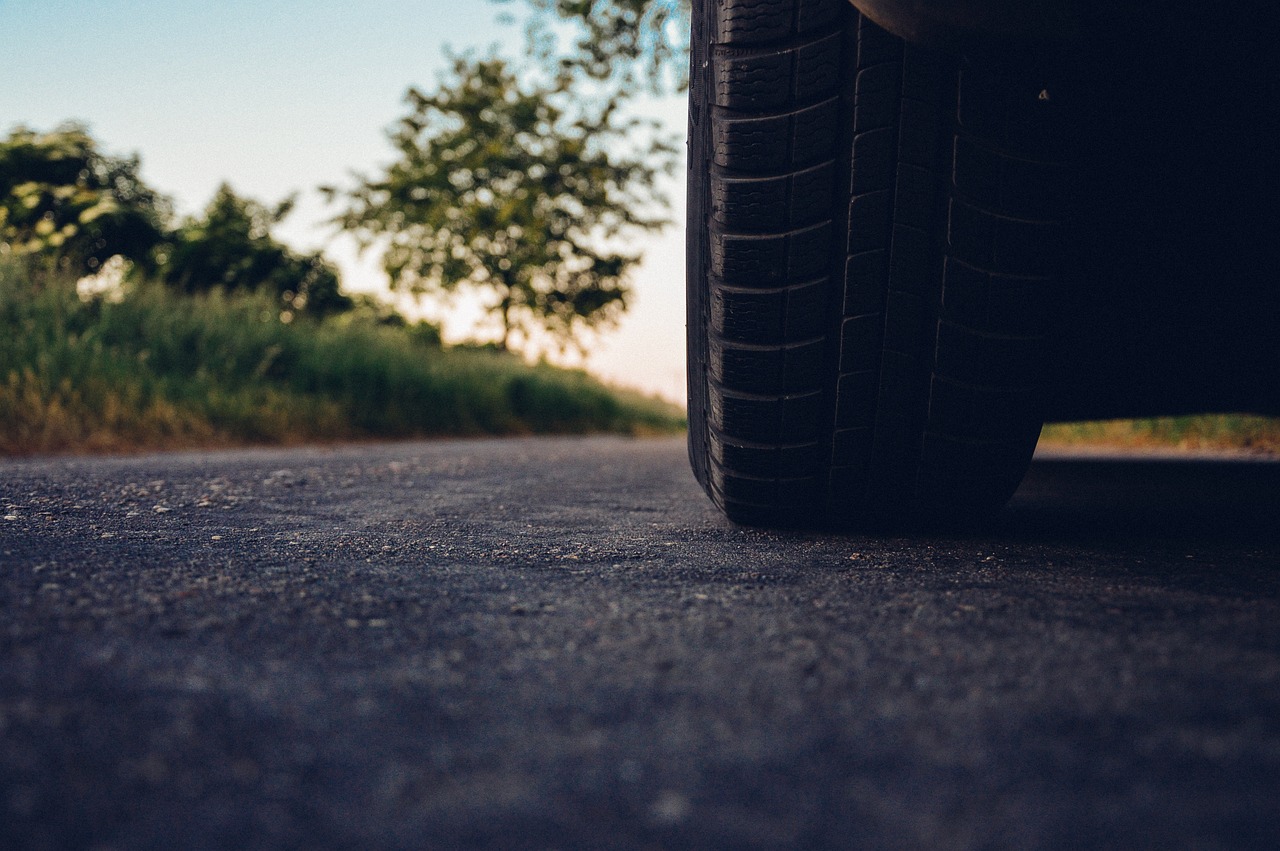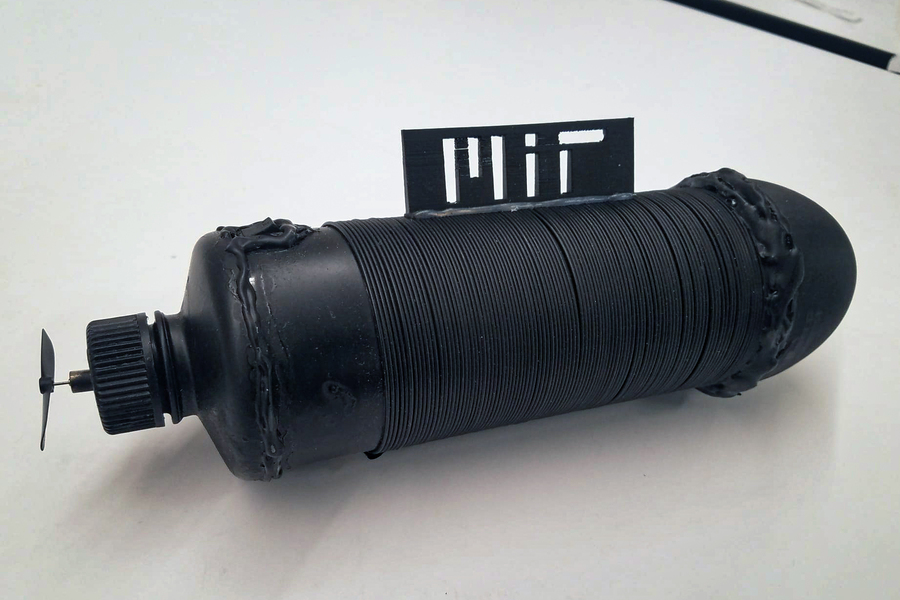Bacteria have a bad reputation, as they are behind several serious diseases.
But not all bacteria are bad
Now Researchers from the University of Hertfordshire have used bacteria to develop a protective coating for buildings. They have developed a new limewash that will shield building surfaces by creating a barrier against erosion damage.
Even though structures are well designed and are made of high-quality materials, they’re not impervious to climate conditions like rain, wind, moisture, and temperature. Therefore, over time building needs repair to strengthen the weakened parts of the building or to prevent accidents caused by a building breakdown.
The science behind the concept
This new protective limewash contains non-pathogenic bacteria. Through photosynthesis, these bacteria absorb carbon dioxide from the atmosphere. Consequently, a layer of calcium carbonate is generated. This not only acts as a buffer against erosion but also boosts self-repairing mechanisms.
Researchers are going to try their prototype at the Whyte & Mackay whiskey distillery on the Isle of Jura, off the coast of Scotland. Wind-driven rain on the island harms the surfaces of the building. As a result, the distillery needs a new coat every year.
Reducing the carbon footprint
Researchers foresee that their innovation will help in lowering the distillery’s other emissions by actively absorbing CO2 from the atmosphere. Moreover, it will also lower carbon emissions caused by frequent maintenance.







